The supply of the loading infrastructure for an increasing share of electrically powered vehicles leads to new challenges for distribution grid operators. Especially the additional power for loading processes needs to be provided without any influence on the security of supply. At the same time, it is important to minimize expensive modernization measures for all grid components.
For this reason, the influence of a significant share of electrically powered vehicles on the distribution grid of Hamburg was investigated in the “Meta Study Electromobility”. The focus of this examination was the utilization of the approximately 50 transformer stations, each of which supply a defined area of Hamburg with a medium voltage grid. An additional focus was on the transition of the bus fleets of the Hamburger Hochbahn AG (HOCHBAHN) and Verkehrsbetriebe Hamburg-Holstein (VHH) towards purely electrically powered bus fleets.
A new market forecast for electrically powered vehicles, called “META”, was defined and compared to other expected market developments (figure 1). A corridor was formed to analyze the impact of deviations of the scenario “META” on the grid. The market scenarios “MIN” and “MAX” limit this corridor.
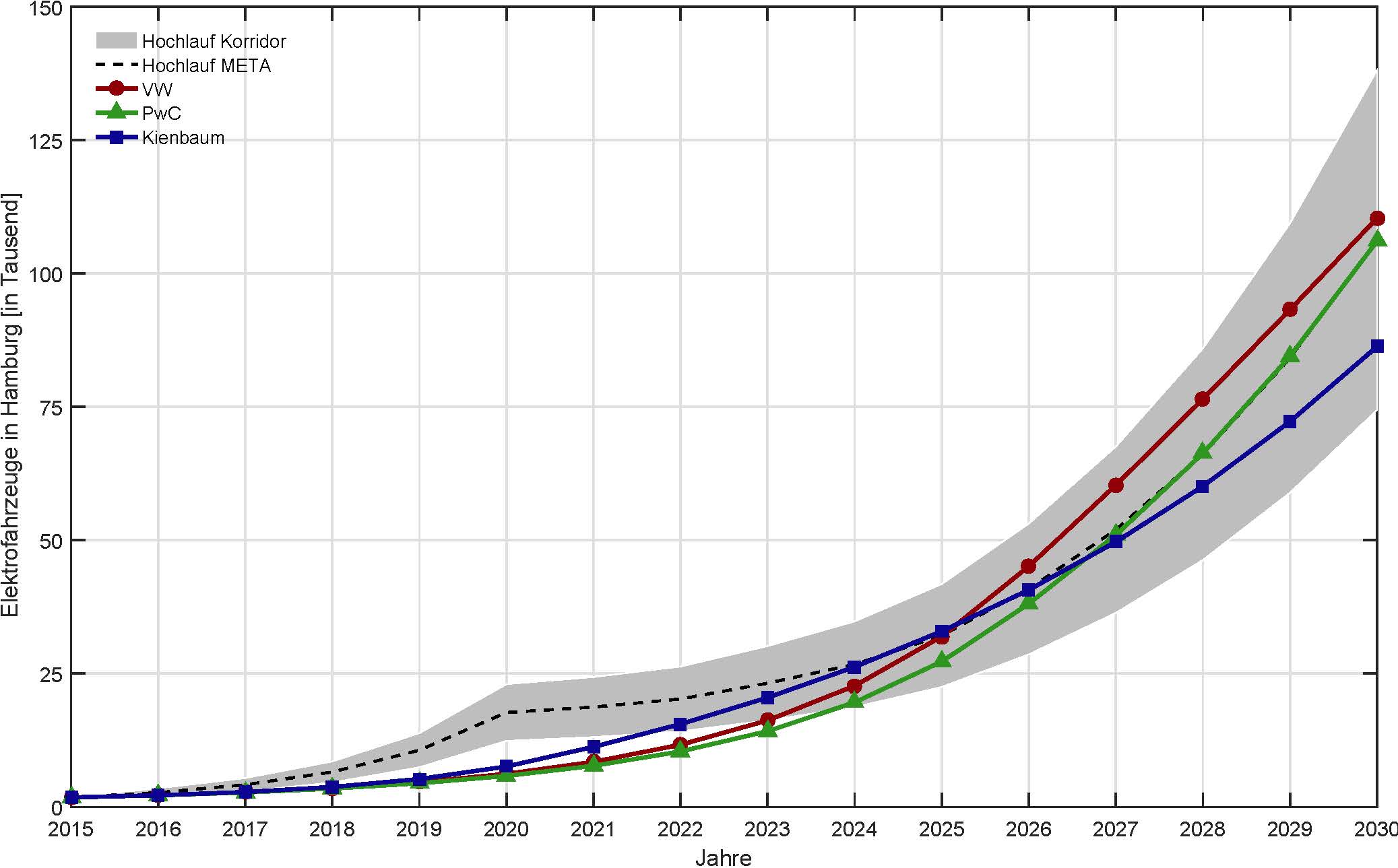
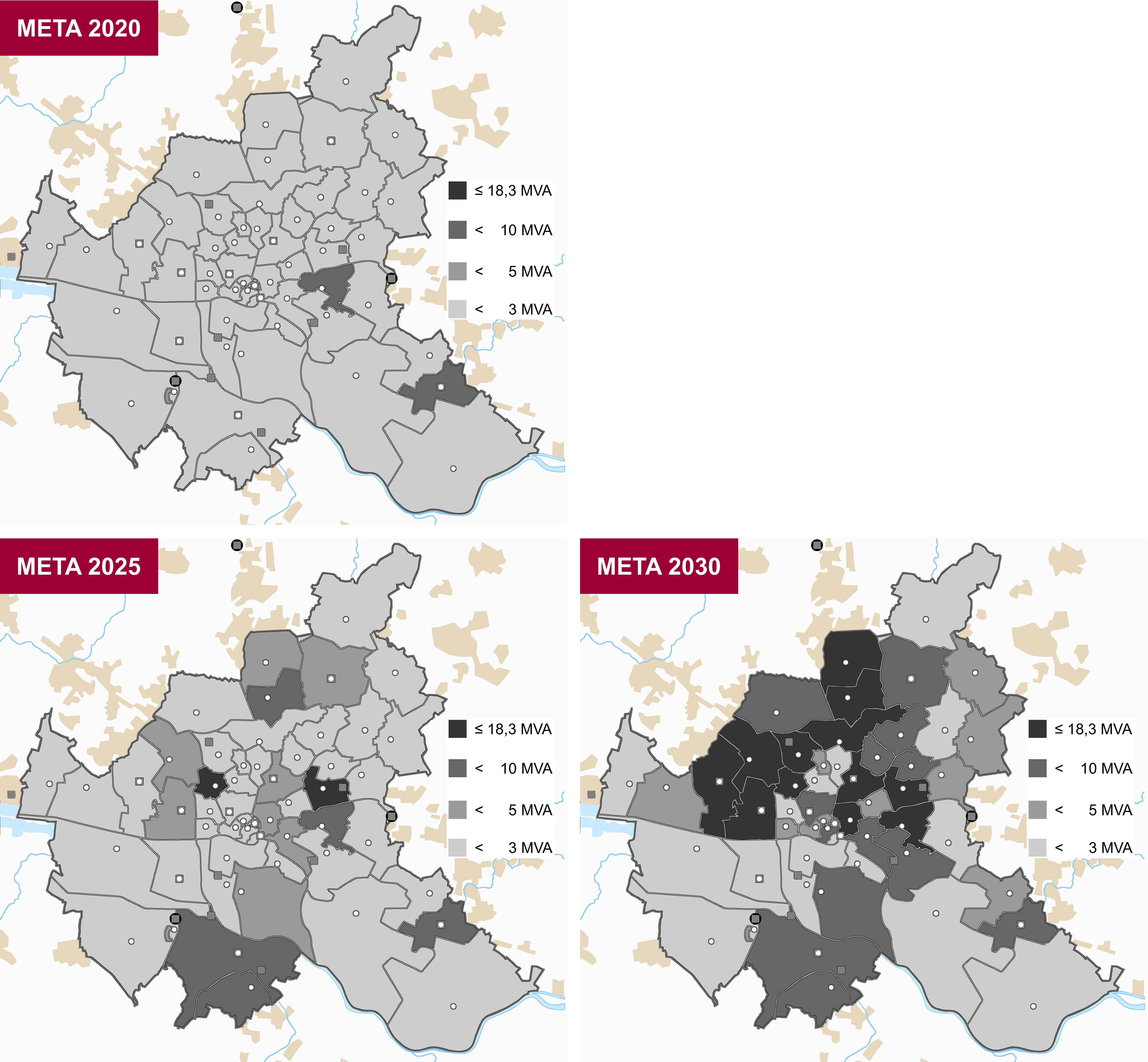
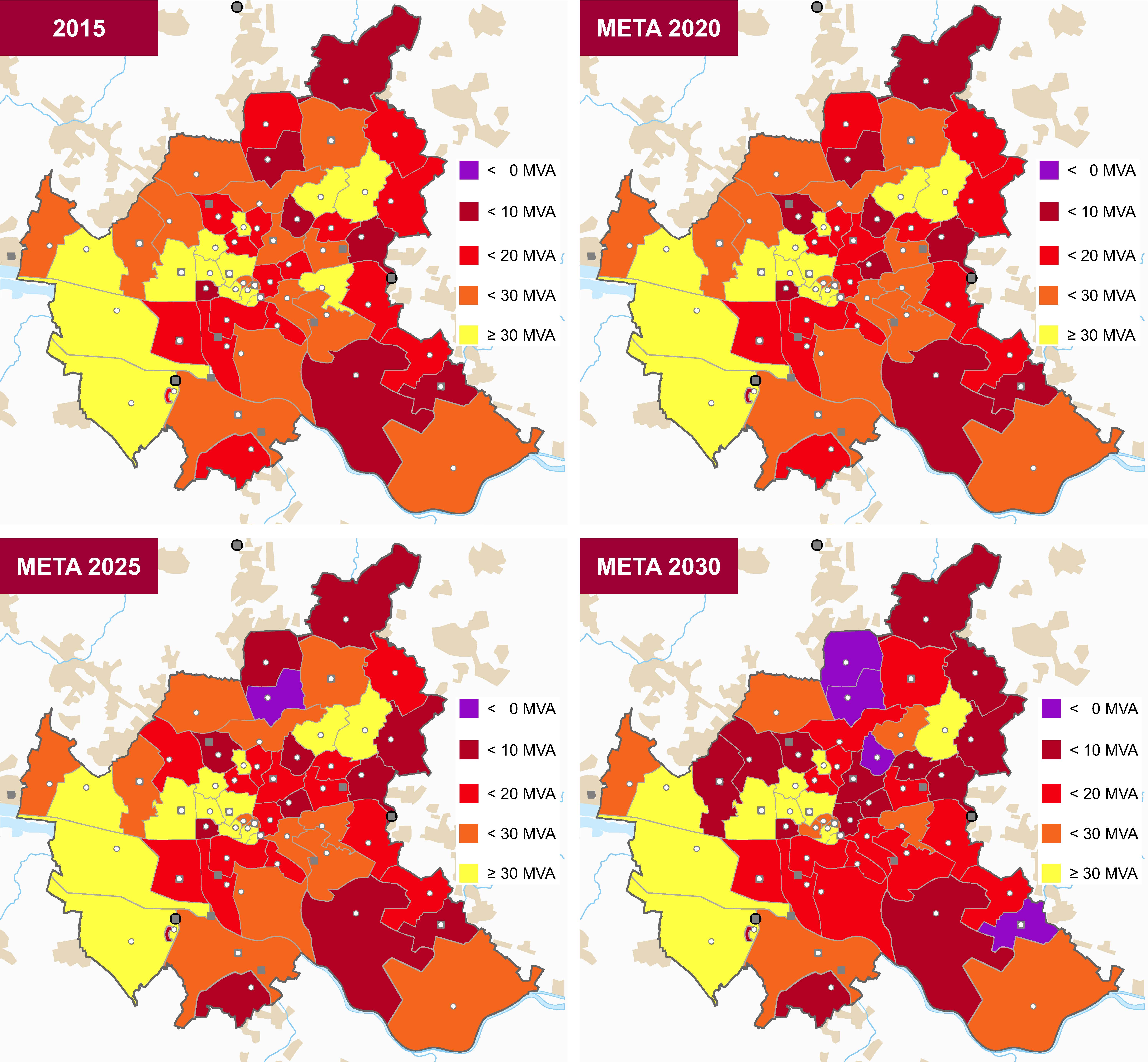
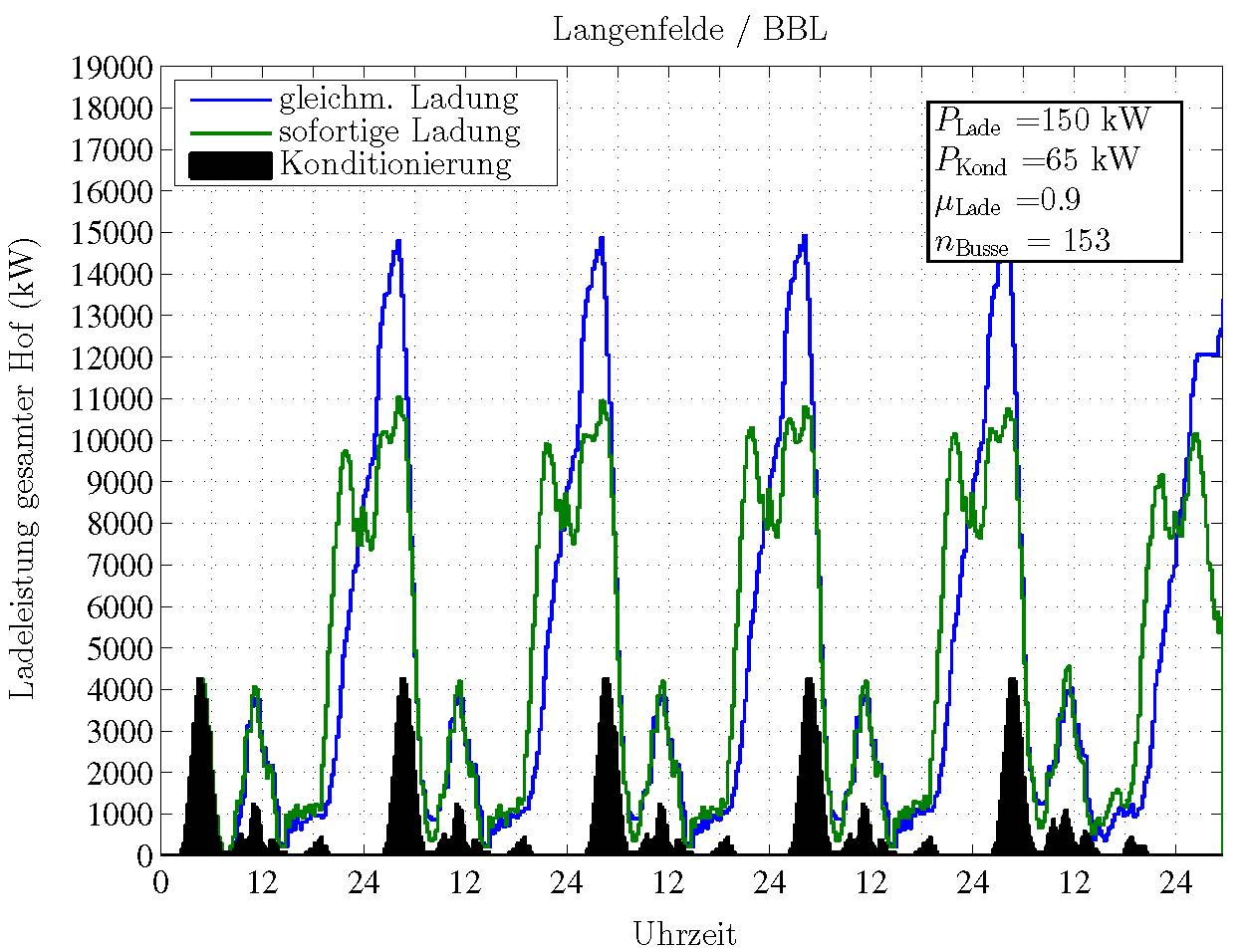
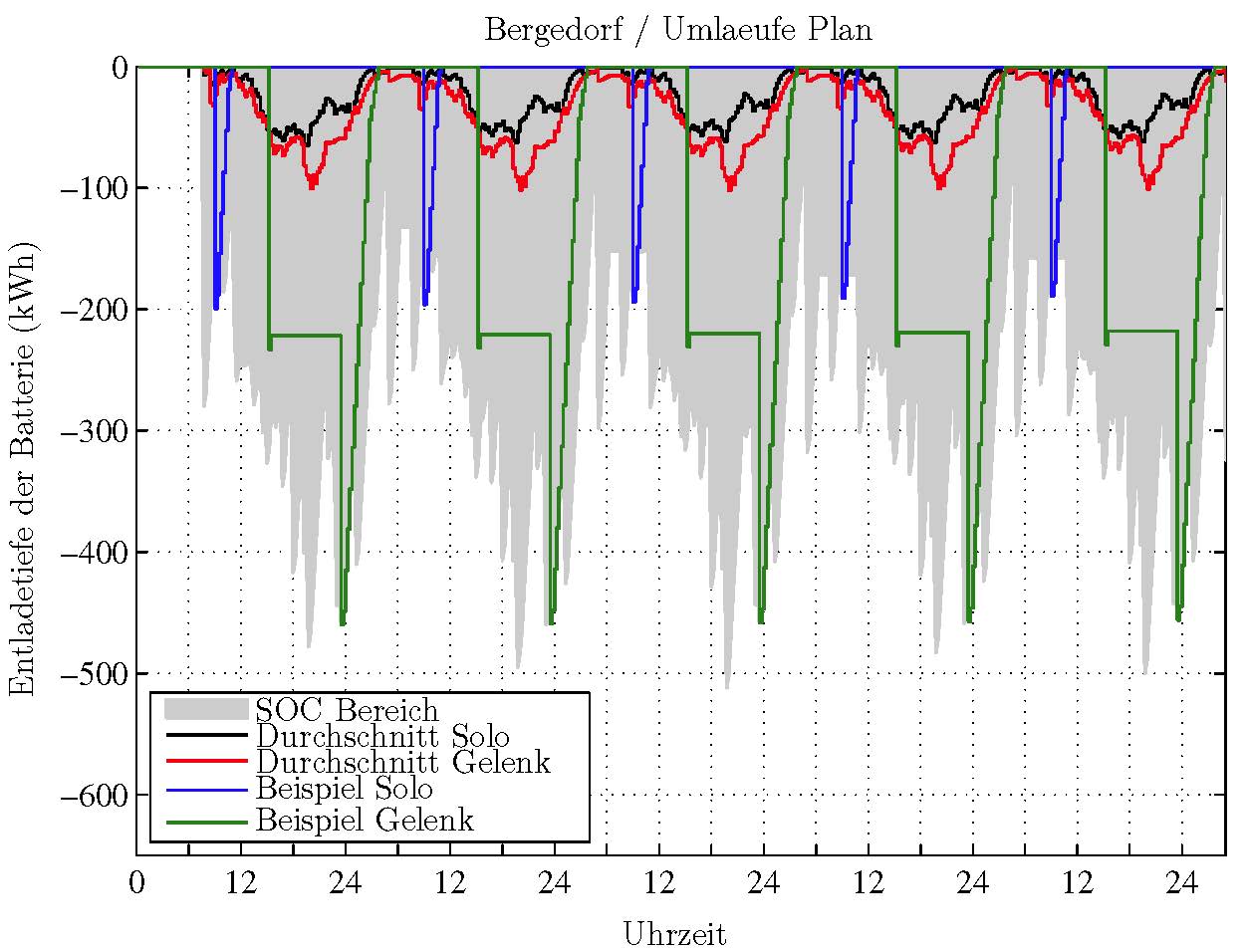
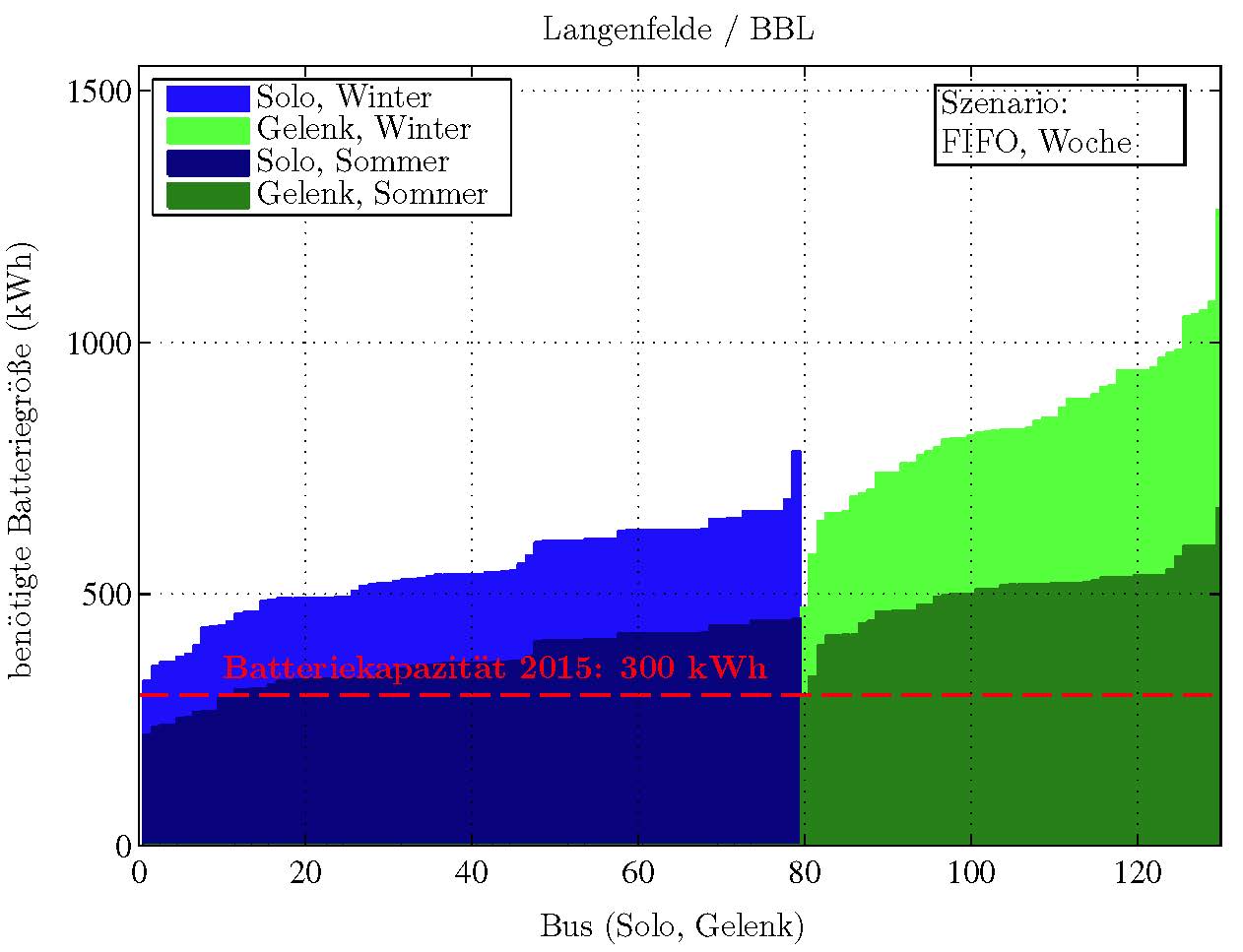
Download:
Please find more details und further results (in german) in the Meta Study Electromobility
Project Partners:
This meta study was commissioned by and accomplished with the help of Stromnetz Hamburg GmbH, Hamburger Hochbahn AG and Verkehrsbetriebe Hamburg-Holstein GmbH (VHH).

Source:
[1] Dietmannsberger, M.; Meyer, M. F.; Schumann, M.; Schulz, D. (Hrsg.): Metastudie Elektromobilität – Anforderungen an das Stromnetz durch Elektromobilität, insbesondere Elektrobusse, in Hamburg; Hamburg; 09.12.2016; ISBN 978-3-86818-095-4
Contact Persons:
Prof. Dr.-Ing. habil. Detlef Schulz (Projektleiter)
Marc Florian Meyer, M.Sc
Department of Electrical Engineering
Chair of Electrical Power Systems
Letzte Änderung: 27. May 2021
